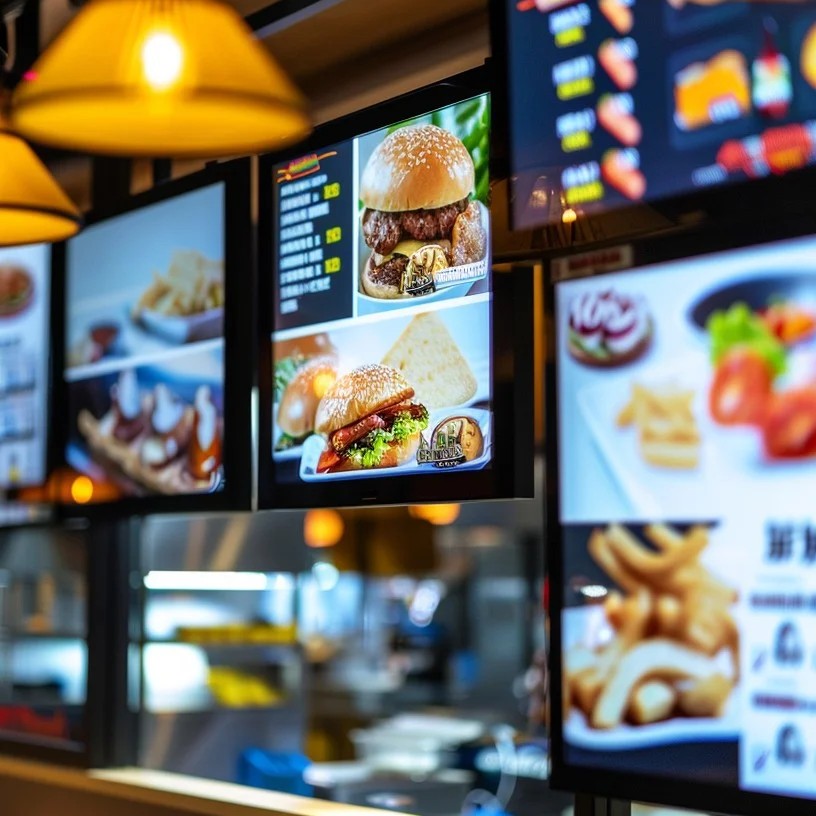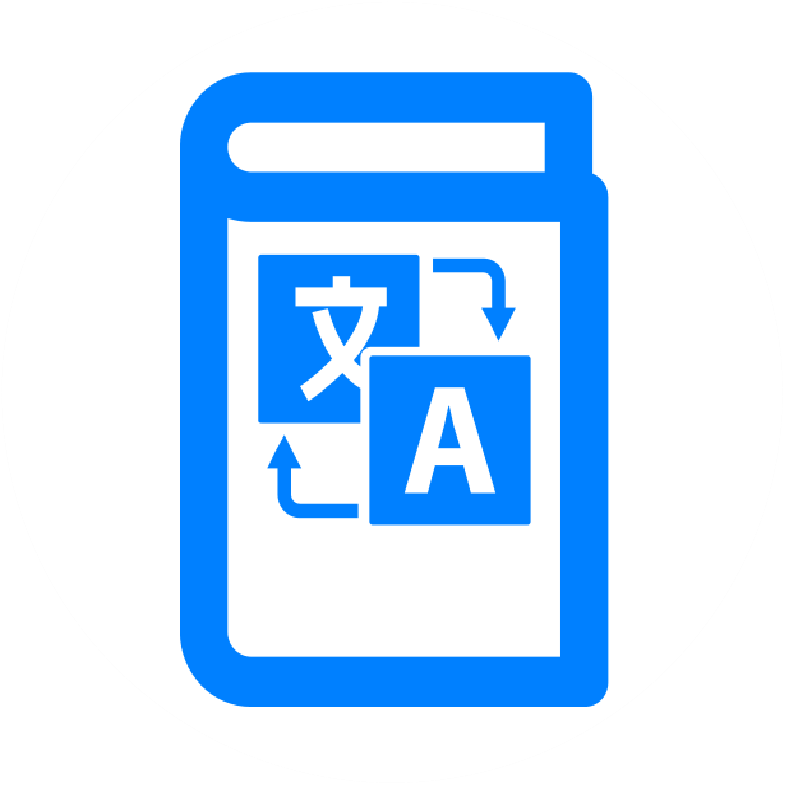Digital Menu Boards vs. QR Codes - Which Digital Menu Solution is Right for Your Restaurant?
A comprehensive comparison of digital menu boards and QR code menus to help restaurant owners choose the best solution for their unique needs.
Table of Contents
Introduction
The restaurant industry has embraced digital transformation, particularly in how menus are presented to customers. Two leading options—digital menu boards and QR code menus—offer distinct advantages for different restaurant environments. This guide will help you evaluate which solution aligns best with your restaurant's specific needs, budget, and customer experience goals.

Cost Comparison and ROI Analysis
One of the most significant factors in choosing between these options is the financial investment required and the expected return.
Initial Investment
Digital menu boards typically require:
- Hardware costs ($1,000-$3,000 per professional-grade display)
- Installation ($200-$500 per display)
- Content management system licensing ($300-$1,000 annually)
- Professional content design ($500-$2,000 initially)
QR code menu systems typically require:
- QR code generation (often free or minimal cost)
- Digital menu development ($500-$2,000 initially)
- Printing costs for table tents or materials ($100-$300)
- Optional: stands or displays for QR codes ($20-$100 each)
Ongoing Expenses
Digital menu boards:
- Electricity consumption
- Hardware maintenance
- Content updates (if outsourced)
- Software subscription fees
QR code menus:
- Website hosting fees
- Menu update services
- Replacement of damaged QR codes
- Subscription fees for advanced features
ROI Considerations
When calculating ROI, consider:
- Labor savings from reduced menu printing and updates
- Increased sales from promotional capabilities
- Customer satisfaction improvements
- Reduced errors in order communication
- Staff efficiency gains
Customer Experience Impact
The way customers interact with your menu significantly influences their dining experience and perception of your brand.
Digital Menu Board Experience
- Visible to all customers simultaneously
- Creates dynamic visual appeal
- Can showcase food photography prominently
- May cause queuing in front of displays
- Limited interaction capabilities
- Accessibility challenges for shorter customers or those with visual impairments
QR Code Menu Experience
- Individual browsing experience
- Privacy to explore at personal pace
- Option to zoom in for better readability
- Requires customer to have smartphone
- May present technical barriers for some demographics
- Allows for multiple language options without space constraints
Restaurant Type Considerations
Your restaurant's service model plays a crucial role in determining which digital menu solution will work best.
Quick-Service and Fast Casual
Digital menu boards excel in fast-paced environments where:
- Customers order at a counter
- Menu visibility from waiting areas is important
- Dynamic pricing or limited-time offers change frequently
- Presentation consistency across locations is valued
QR codes may better serve fast casual establishments where:
- Table service is limited but present
- Detailed nutrition or allergen information is requested
- Menu customization options are extensive
- Multilingual options are necessary
Full-Service Restaurants
Digital menu boards are less common but may work well:
- At the entrance to showcase specials
- In bar areas for drink menus
- In private dining rooms for custom events
QR code menus can enhance service by:
- Reducing wait times for physical menus
- Providing detailed wine lists or cocktail descriptions
- Offering multiple language options for international guests
- Enabling seamless seasonal menu transitions
Technical Implementation Challenges
Understanding the technical requirements will help you prepare for a successful implementation.
Digital Menu Board Technical Needs
- Reliable power sources
- Strong wall mounting infrastructure
- Proper ventilation for displays
- Network connectivity for updates
- Security measures for content management
- Backup systems for technical failures
QR Code Technical Requirements
- Mobile-responsive website design
- Fast-loading menu pages
- Analytics tracking setup
- QR code error correction levels
- Backup plans for internet outages
- Device compatibility testing
Integration with Existing Systems
The ability to connect with your current restaurant systems can significantly impact operational efficiency.
POS Integration
Both digital menu boards and QR code systems can potentially integrate with your point-of-sale system, but the implementation varies:
- Digital menu boards typically require direct API connections to reflect accurate pricing
- QR code menus can often connect more easily with online ordering systems
- Real-time inventory management is more straightforward with cloud-based QR solutions
- Centralized menu management becomes more critical with either solution
Inventory Management
The relationship between your menu display and inventory is crucial for preventing customer disappointment:
- Digital boards can show/hide items based on availability but require programming
- QR systems can dynamically update to reflect current inventory
- Both systems require processes for managing temporarily unavailable items
Marketing and Promotional Capabilities
Your menu is a powerful marketing tool, and each digital solution offers different promotional advantages.
Digital Menu Board Marketing
- Attention-grabbing motion graphics
- Dayparting (breakfast/lunch/dinner automatic transitions)
- Countdown timers for limited offers
- Video integration possibilities
- Easy A/B testing of menu layouts
QR Code Menu Marketing
- Personalization based on user history (with proper implementation)
- Easy addition of special event menus
- Seamless seasonal menu transitions
- Integration with loyalty programs
- Direct links to social media or review sites
Operational Considerations
The day-to-day management of your digital menu solution will impact both staff efficiency and menu accuracy.
Staff Training Requirements
Digital menu boards typically require:
- Training for management on content systems
- Minimal training for general staff
- IT support for troubleshooting
QR code menus typically require:
- Training on helping customers access the menu
- Procedures for handling technology-averse customers
- Protocols for maintaining QR code accessibility
Menu Update Processes
Consider how frequently your menu changes:
- Seasonal restaurants benefit from the flexibility of either system
- Daily specials are easily highlighted on digital boards
- Price changes are typically easier to implement on QR code systems
- Limited time offers can be more visually impactful on digital displays
Future-Proofing Your Investment
Technology evolves rapidly, so considering the adaptability of your solution is essential.
Emerging Trends
- Augmented reality menu experiences
- Voice-activated menu exploration
- Personalization based on customer preferences
- Sustainability metrics and carbon footprint information
- Adaptation to evolving payment systems
Scalability Considerations
As your restaurant grows, your menu system should grow with you:
- Multiple location management is typically easier with cloud-based QR systems
- Brand consistency across franchises may be better maintained with digital boards
- Initial investment scales differently (QR codes are more linearly scalable)
- Training new staff locations varies in complexity between systems
Hybrid Approaches
Many successful restaurants implement a combination of both technologies to maximize benefits.
Effective Combined Strategies
- Digital boards for high-visibility specials with QR codes for detailed information
- Digital displays in waiting areas with QR codes at tables
- QR codes for everyday menus with digital boards for seasonal promotions
- Digital displays for visual appeal with QR access to nutritional information
Case Studies: Real-World Implementation
Quick-Service Success Story
A national burger chain implemented digital menu boards across 200 locations, resulting in:
- 5.2% increase in average ticket size
- 23% reduction in perceived wait times
- 15% increase in limited-time offer sales
- 98% consistency in menu presentation
Full-Service QR Implementation
A fine dining restaurant group adopted QR code menus with the following results:
- 12% reduction in menu printing costs
- 8% increase in wine list exploration
- 24% improvement in special dietary requests identification
- 97% positive customer feedback on menu accessibility
Decision Framework
To determine the best fit for your restaurant, evaluate these key factors:
- Budget constraints (short-term vs. long-term investment)
- Primary customer demographics and tech comfort
- Frequency of menu updates
- Physical space limitations
- Marketing and promotional priorities
- Integration requirements with existing systems
- Staff technical capabilities
- Future expansion plans
Implementation Checklist
Digital Menu Board Implementation
- Conduct electrical assessment
- Determine optimal screen placement
- Select content management system
- Design initial menu layouts
- Develop content update protocol
- Train management team
- Create contingency plan for technical issues
- Establish performance metrics
QR Code Menu Implementation
- Select QR code menu provider
- Develop mobile-responsive menu
- Test across multiple devices
- Create printed materials with QR codes
- Implement table/establishment placement
- Train staff on customer assistance
- Establish analytics tracking
- Create backup physical menus
Conclusion
Both digital menu boards and QR code menus offer significant advantages over traditional paper menus, but the right choice depends on your specific restaurant environment, customer expectations, and operational goals. Many establishments find that a thoughtful hybrid approach provides the best of both worlds—the visual impact of digital displays with the accessibility and detailed information capability of QR code systems.
The most successful implementations start with a clear understanding of your customer journey and identify the points where digital menu technology can remove friction and enhance the dining experience. Whether you choose digital boards, QR codes, or a combination of both, the key is consistent management, regular updates, and staff training to ensure the technology serves rather than hinders your restaurant's primary goal: providing an exceptional dining experience.
Need personalized advice on implementing digital menu solutions? Contact MenuTap for a consultation tailored to your restaurant's unique needs.
Last Updated: March 2025
For more restaurant technology guides, visit our Learning Center
Ready to transform your restaurant menu?
Join thousands of restaurants worldwide that have enhanced their customer experience with multilingual digital menus.
